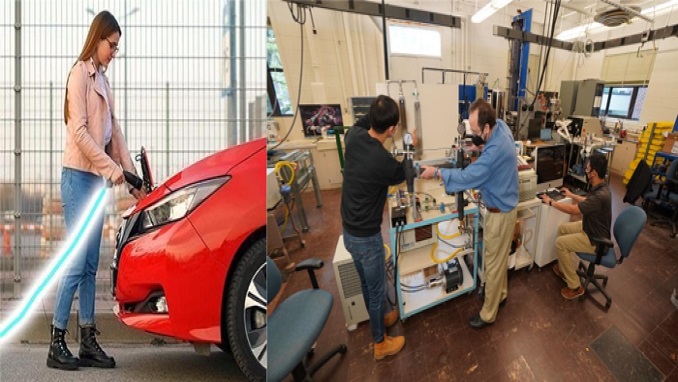
An experimental cooling system NASA is funding could ultimately make owning an electric-powered car on Earth easier and more feasible by allowing EVs users to charge their cars in five minutes.
NASA said in a blog post last week that the experimental technology will not only achieve a major improvement in heat transfer to enable these systems to maintain proper temperatures in space but will also enable to significantly reduce the size and weight of the hardware.
A team sponsored by NASA’s Biological and Physical Sciences Division and led by a Purdue University professor is developing the new, subcooled flow boiling technology, hoping it can control future systems’ temperatures in space.
Some of the most advanced chargers on the market deliver up to 520 amperes though most chargers currently available support currents of less than 150 amperes.
But such a feat of charging EVs within five minutes would require chargers to provide current at 1,400 amperes, far higher than the currently available technology. Yet, by removing heat through the new technology, the cable that Purdue University’s developing can provide currents of up to 2,400 amperes. That would deliver charging at 4.6 times faster than the currently available fastest charger.
NASA wrote that the application of this new technology may remove one of the key barriers to the worldwide adoption of EVs with the unprecedented reduction of the time required to charge the vehicle.
President Joe Biden faced harsh criticism when proposing a fully electrified great American road trip – the shift to electric vehicles – as a significant component of his climate initiatives, which was portrayed by the GOP as elitist and boons for the rich.
There are also concerns that the US electrical grid can’t even handle a hard shift toward electric vehicles.

Be the first to comment